
What’s the Best Way to Retrain Jobless Workers?
A study compares learning new skills in a classroom setting with on-the-job training.
What’s the Best Way to Retrain Jobless Workers?Regulation of pricing transparency at US hospitals can give the appearance of lowering costs, but research suggests that the payments made by patients and their insurers for five representative medical procedures have not decreased, according to Chicago Booth’s Hans B. Christensen and Mark G. Maffett and University of California at San Diego’s Eric Floyd, a graduate of Booth’s PhD program.
Reduction in hospitals’ initial charges
Difference from hospitals unaffected by transparency policies, 2003–10

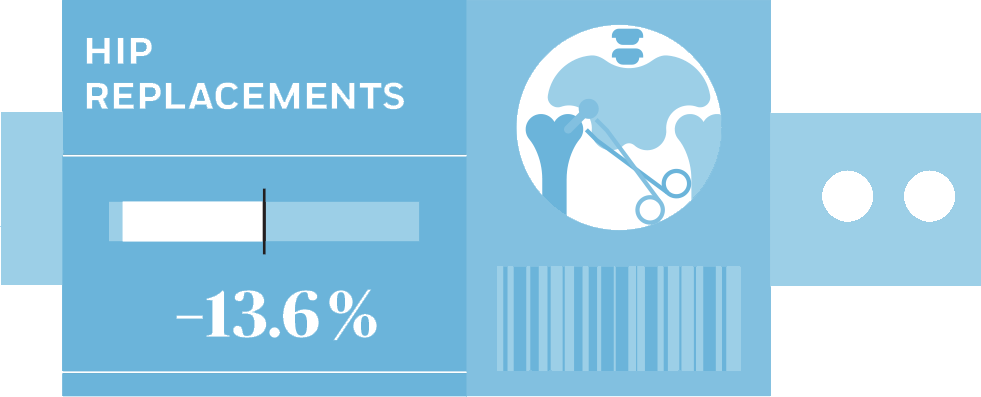
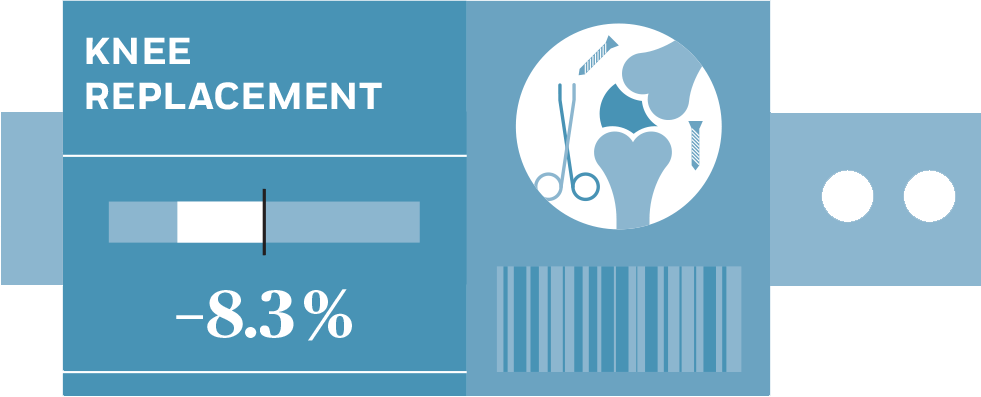
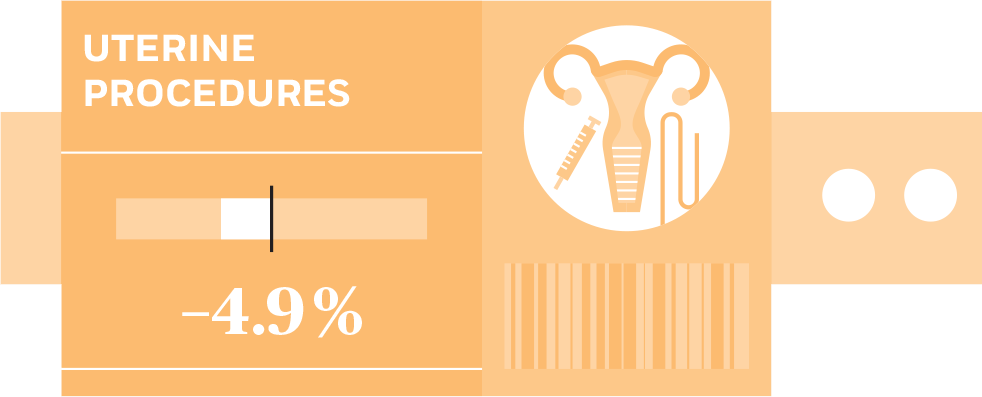
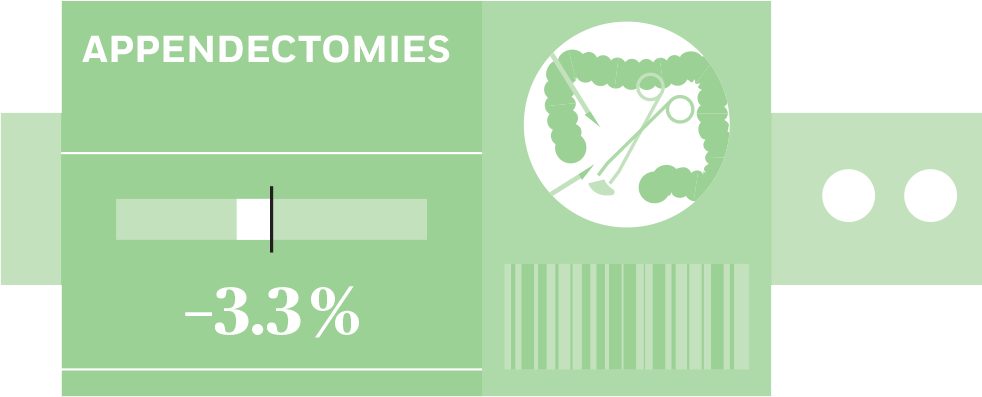
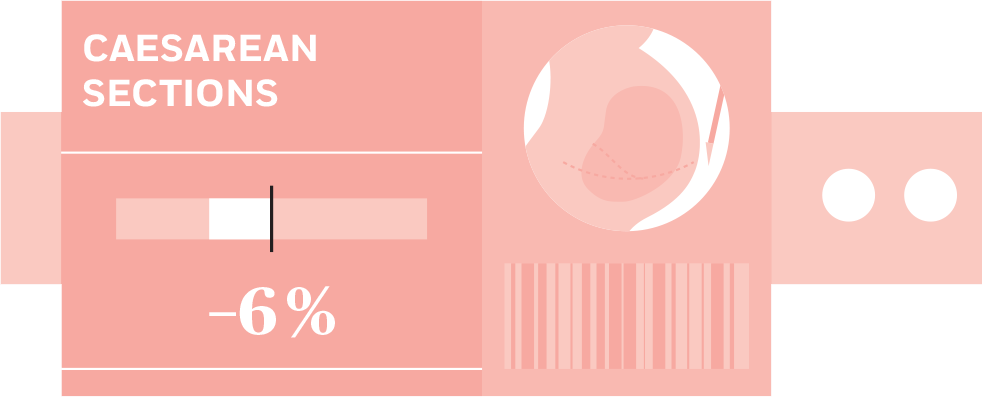
Illustration by Giorgio Donghi
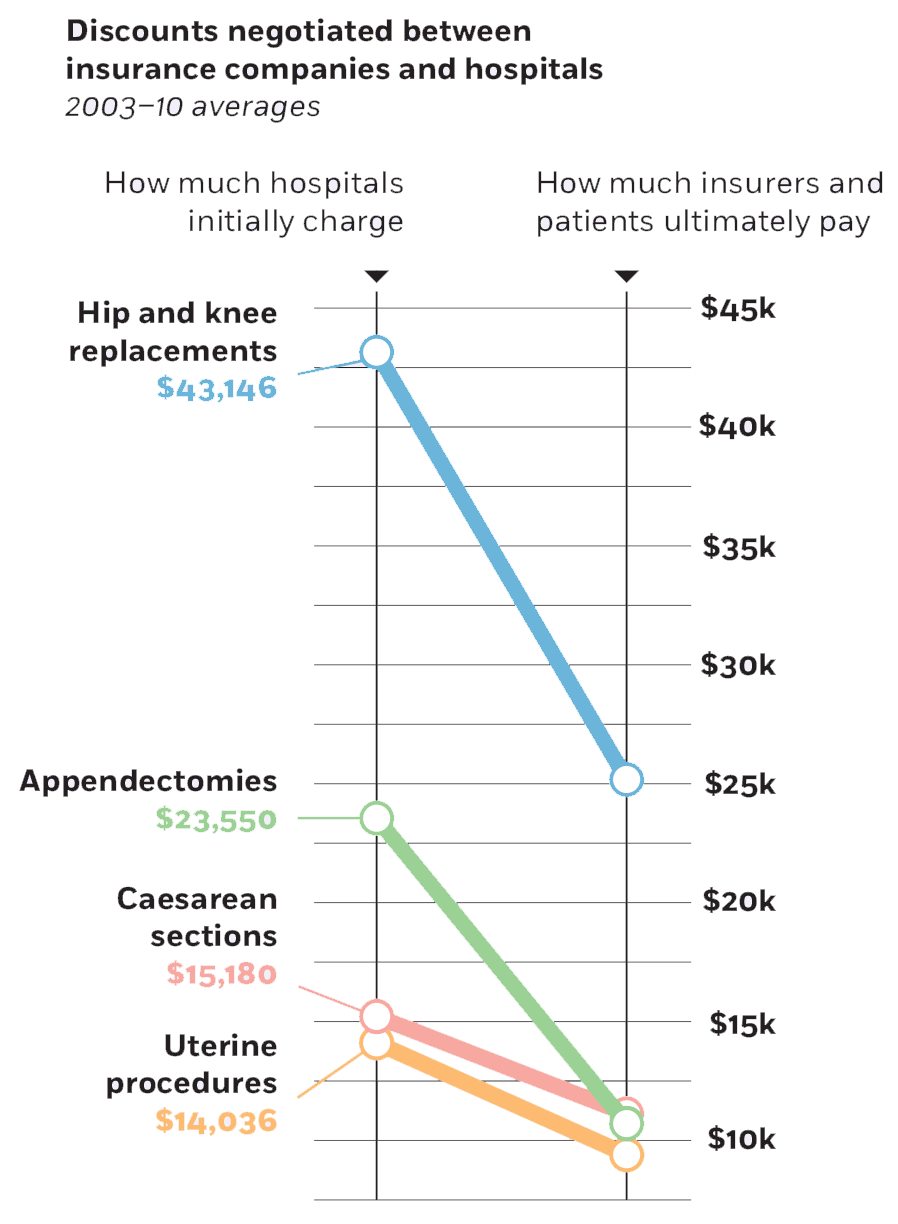
Christensen, Floyd, and Maffett argue that price-transparency policies focusing on hospitals’ initial charges ignore a more meaningful aspect of the billing process: the discounted rates for medical procedures that are privately negotiated between hospitals and insurance companies. Looking at billing data for more than 2 million instances of the medical procedures in the charts above, the researchers find that while initial charges decreased in places affected by transparency regulation, the negotiated payments ultimately paid by patients and their insurers did not significantly change—suggesting that the reduction in charges is being offset during that negotiation with insurers. The researchers say that while this practice might allow hospitals and policy makers to demonstrate responsiveness to public concern about rising health-care costs, it has little effect on the actual charges being paid.
Hans B. Christensen, Eric Floyd, and Mark G. Maffett, “The Effects of Charge-Price-Transparency Regulation on Prices in the Healthcare Industry,” Working paper, May 2018.

A study compares learning new skills in a classroom setting with on-the-job training.
What’s the Best Way to Retrain Jobless Workers?
Research highlights the need for cross-border cooperation among securities regulators.
Infographic: In China, a Loophole Allowed Insider Trades
Two expert panels, 10 years apart, consider the compensation of corporate leaders.
Is Executive Pay Excessively High?Your Privacy
We want to demonstrate our commitment to your privacy. Please review Chicago Booth's privacy notice, which provides information explaining how and why we collect particular information when you visit our website.